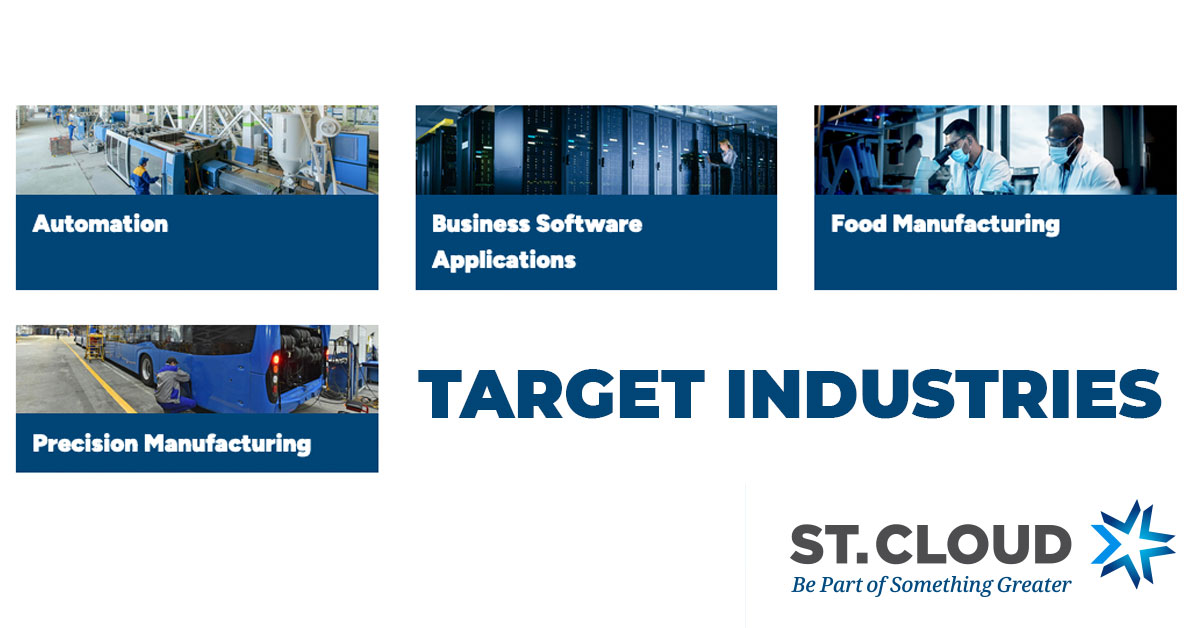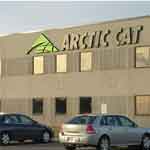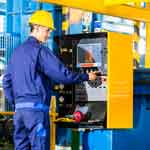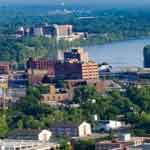St Cloud's Award-Winning Nutrient, Energy and Water Recover Facility (NEW RF) Leads Country in Net Zero Energy

13 Feb 2025
Local News
The City of St. Cloud, Minnesota invests in sustainable infrastructure that prepares the region for growth. One of the best examples of scalable infrastructure is the Nutrient, Energy, and Water Recovery Facility (NEW RF), St. Cloud’s wastewater treatment facility. This facility treats an average of 10 million gallons per day and supports 125,000 residents, but that’s not what makes it unique. The processes established by the Public Utilities Department ensure the facility runs at Net Zero and even sends energy back into the grid.
“Wastewater treatment facilities are one of the biggest consumers of energy in their communities because they require so much power to process waste,” says Elizabeth Kramer, Sustainability Coordinator for the City of St. Cloud. “Instead, we’ve turned our wastewater facility into one of the biggest energy producers in the area.”
The NEW RF was named an exceptional project by the Environmental Protection Agency (EPA) in its 2020 PISCES recognition. It then receives the 2021 Grand Conceptor Award, which is presented to the highest-scoring project submitted to the American Council of Engineering Companies (ACEC). In 2022, it won the Blazing Star Award from Conservation Minnesota, which highlights innovative municipal projects.
The NEW RF has been recognized on national, state, and local levels. Learn more about this facility and its invaluable operations.
The NEW Recovery Facility Turns Waste into Biofuel

Wastewater travels from St. Cloud and the 6 other cities through pipes to its sewers and eventually arrives at the NEW RF. From there, it goes through a five-step process that involves separating the solids and breaking them down. Contaminants are removed from the liquid waste, and the treated water is returned to the Mississippi River. Meanwhile, the solids are turned into fuel.
The NEW RF has established multiple processes to turn solid waste into energy. Various aerobic and anaerobic systems support the breakdown of different types of waste. The main thing to know is that bacteria eat the waste in various tanks and release gas in the process. This gas is then cleaned and used to fuel the NEW RF biofuel generators. The more waste the city of St. Cloud creates, the more energy the NEW RF can produce.
“Treating wastewater is typically an energy-intensive process,” says Kramer. “However, our generators create more than five million kilowatt hours per year because of the biological organisms breaking down solid waste.”
St. Cloud currently treats wastewater for seven cities, including St. Augusta, St. Joseph, Sartell, Sauk Rapids, and Waite Park. It recently started treating water for the City of Foley as well.
Nothing Goes to Waste in St. Cloud with the NEW RF
The NEW RF has an 18 million gallon capacity and is designed to accommodate fluctuations in waste production. However, throughout the year, the NEW RF can accept liquie waste byproducts from food processing companies and breweries to turn them into biofuel. This creates even more clean energy for St. Cloud while solving waste disposal problems for companies. A new brewery that opens downtown is both a fun spot for residents to relax but also a potential fuel source for the city.
The City of St. Cloud waste treatment department is also investing in better fuel sources. Notably, it is about to complete a Green Hydrogen Project that splits water into oxygen and hydrogen molecules. The oxygen is then used to break up waste so the bacteria can break it down, while the hydrogen can be used as fuel for transportation or heat. The process used by St. Cloud is “green” because renewable fuels power the system that breaks up the water.
Everything that enters the NEW RF in St. Cloud has value, whether it is in the form of water or brewery waste.
Quality Wastewater Treatment Prepares St. Cloud for Growth
The NEW RF has already had a positive economic impact on St. Cloud. The City was able to help Cold Spring Brewing, a local beverage company, expand its operations by partnering with them on high-strength waste disposal because of its byproduct disposal capabilities. Companies that care about the environment and want to invest in sustainable communities can feel confident in choosing St. Cloud.
The NEW RF is also designed to prepare St. Cloud for a bigger future. It can accommodate more houses for new residents and support large businesses that move to the area.
“Investing in a robust wastewater system is how you accommodate growth in a region,” says Kramer. “If you can’t process more wastewater then you can’t have new businesses.” Kramer also emphasizes that greener is cheaper. The work the city has done on wastewater treatment has allowed it to stabilize rates, meaning residents and businesses don’t have to worry about utility fluctuations when demand changes.
“We are responsible for taxpayer funds and are doing more with less,” Kramer adds.
St. Cloud Has Exceptional Utility Providers
The public utilities offered by the City of St. Cloud are one of the leading location advantages of moving here. Along with the sustainable investment by the NEW RF, St. Cloud boasts favorable electric utility rates and lower cooling costs because of Minnesota’s natural climate. St. Cloud already has a strong food manufacturing sector (partly because of the NEW RF’s byproduct processing) and continues to attract more industries because of its green initiatives.
Be part of something GREATER. Choose St. Cloud, Minnesota.
More Topics














